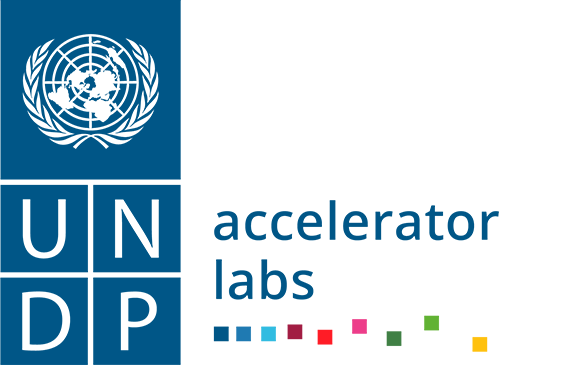Dynamic map for municipal environmental interventions’ prioritization
What it does.
The dynamic map for environmental interventions allows you to 1) combine multiple geolocated municipal-level data layers using a suitability modeler and 2) prioritize municipal environmental interventions.
Value proposition for the government/other partner.
By having a dynamic map of municipal environmental interventions, you will enable the Ministry of Environment and local government authorities to improve their data-driven decision-making capacities for monitoring and designing environmental practices and policies.
Why and when to use it.
This tool is most useful when (1) there is a commitment from central and local authorities to adopt an evidence-based approach into their decision-making processes and (2) there are municipal-level statistics available for a region of interest, including at least a municipal boundaries data layer, human development and multidimensional poverty indexes, populated areas estimates, rivers and micro rivers location, and illegal dumpsite locations (for a waste management focus).
Known issues and troubleshooting.
It is not yet the best moment to make use of the tool if:
-(1) there aren’t enough municipal statistics available and/or their quality isn’t consistent;
-(2) the government does not have a designated team that can partake on the design and implementation of the methodology;
-and (3) the governmental team involved does not have the expertise to utilize GIS open or licensed software used to implement the methodology.
Context.
The tool was developed through collaborative efforts involving the Ministry of Environment, UNDP Environment Program, and UNDP Accelerator Lab in Guatemala. The focus was on incorporating evidence-based decision-making methods to guide solid waste management efforts in a specific region. Following a needs assessment stage, and with the support of UNDP HQ GIS specialists, data layers, GIS software, and analysis methods were identified and tested. The outcome was a suitability modeler implemented in ArcGIS, utilizing municipal-level data layers. Currently, the data layers and analyses are in the process of being integrated into the National Information System for Climate Change.
In the latest version of the tool, the combined municipal-level data layers include the UNDP human development index, UNDP multidimensional poverty index, illegal dumpsites reported by the Ministry of Environment, populated areas estimations, rivers, and administrative boundaries.
Cost to implement.
A budget between USD 3.000 and 4.000 will be required to implement the tool with open-source GIS software, and a budget between USD 5.000 and 6.000will be required to implement the tool with licensed GIS software.
Time
It will take from 3 to 4 months to collect the information, design, and implement the tool.
People.
To use this tool the following team members will be required:
-One developer to prepare data layers and configure the suitability modeler in GIS open or licensed software.
-One coordinator to interact with stakeholders, get insights such as the weights for each data layer to be used and user testing experience for improvements.
Focal point.
Country, year, and language.
Guatemala, 2023 - ongoing, Spanish
Resources
-Report (Spanish) - UNDP HQ ITM & Guatemala_Work Plan.
-Dashboard (Spanish) - Prueba de concepto: Mapa Dinámico de Residuos y Desechos Sólidos en la Cuenca del Río Motagua.
-Manual (English) - ArcGIS Pro, Suitability Modeler documentation.
